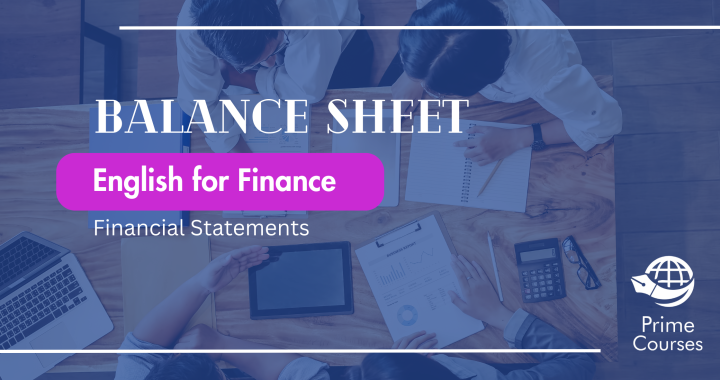As an accountant, financial manager or financial analyst you need to know the components of financial statements, among which BALANCE SHEET constitutes one of the most important elements.
Are you able to answer the following questions? You’ll find the key below the exercise.
1. What is another name for the balance sheet?
a. Statement Of Operations b. Statement Of Financial Position
2. What does the balance sheet heading specify?
a. Period Of Time b. Point In Time
3 . Which of the following is an asset account?
a. Accounts Payable[d1] b. Prepaid Insurance c. Unearned Revenue
4. Which of the following is a contra account[d2] ?
a. Accumulated Depreciation b. Company X, Capital
5. Which of the following accounts is not a current asset[d3] ?
a. Accounts Receivable b. Land c. Prepaid Insurance d. Supplies
6. Which of the following is normally a current liability[d4] ?
a. Note Payable [d5] Due In Two Years b. Unearned Revenue
7. The total amount reported for stockholders’ equity [d6] is the approximate fair value [d7] or net worth [d8] of the corporation as of the balance sheet date.
a. True b. False
8. Current ratio [d9] is used to measure liquidity – the degree to which an asset can be converted to cash quickly. The formula is:
a. current assets divided by current liabilities b. current assets minus current liabilities
9. Leverage [d10] is the use of borrowed money to try to increase profits. How is debt to equity ratio calculated?
a. Current debt divided by total equity b. Total debt divided by total equity
10. Profitability [d11] is measured with some common measures like ROE (return on equity), for which the formula is:
a. net profit after tax divided by shareholder’s equity b. turnover minus shareholder’s equity
[d1]When a company purchases goods on credit which needs to be paid back in a short period of time – zobowiązania
[d2]an account used in a general ledger to reduce the value of a related account – rachunek przeciwstawny
[d3]short-term assets that a company expects to use up, convert into cash, or sell within one year or one operating cycle – aktywa obrotowe
[d4]a company’s short-term financial obligations that are due within one year or within a normal operating cycle – zobowiązanie krótkoterminowe
[d5]long-term liabilities that indicate the money a company owes its financiers – zobowiązanie wekslowe
[d6]the remaining amount of assets available to shareholders after all liabilities have been paid.- kapitały własne
[d7]he actual value of an asset – a product, stock, or security – that is agreed upon by both the seller and the buyer – wartość godziwa
[d8]assets minus liabilities – wartość netto spółki
[d9]the weight of total current assets versus total current liabilities – wskaźnik płynności bieżącej
[d10]use borrowed capital for (an investment), expecting the profits made to be greater than the interest payable. – dźwignia finansowa
[d11]when the aggregate amount of revenue is greater than the aggregate amount of expenses in a reporting period – rentowność, zyskowność
key
1. b 2. b 3. b 4. a 5. b 6. b 7. b 8. a 9. b 10. a
If you want to find out more about accounting and reporting in English, CONTACT me to schedule your lessons.
Read some more:

